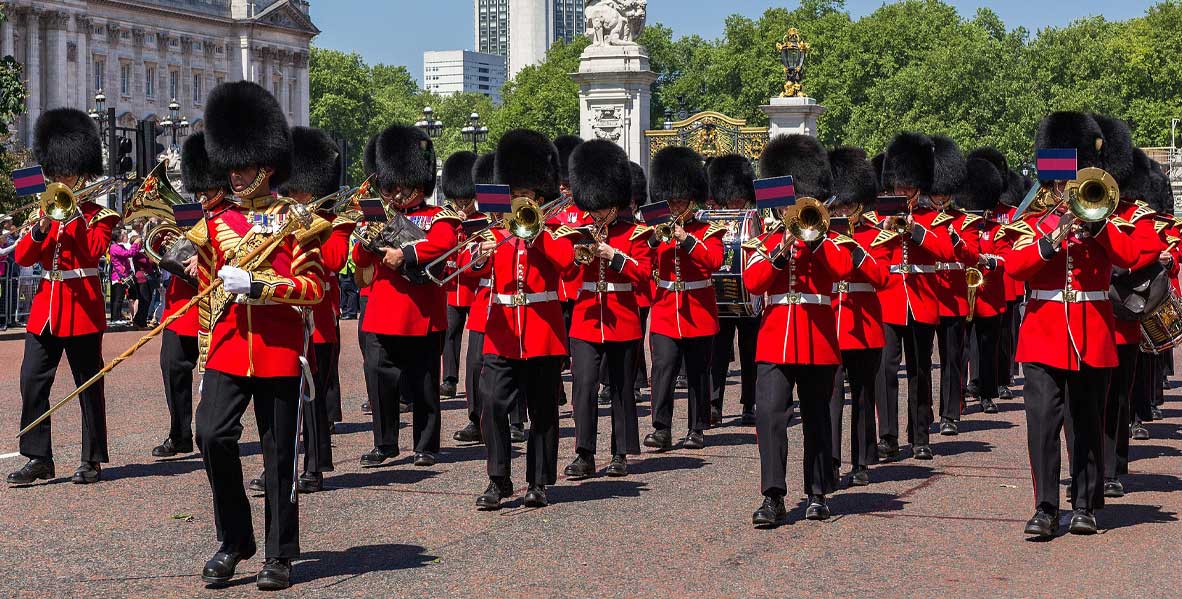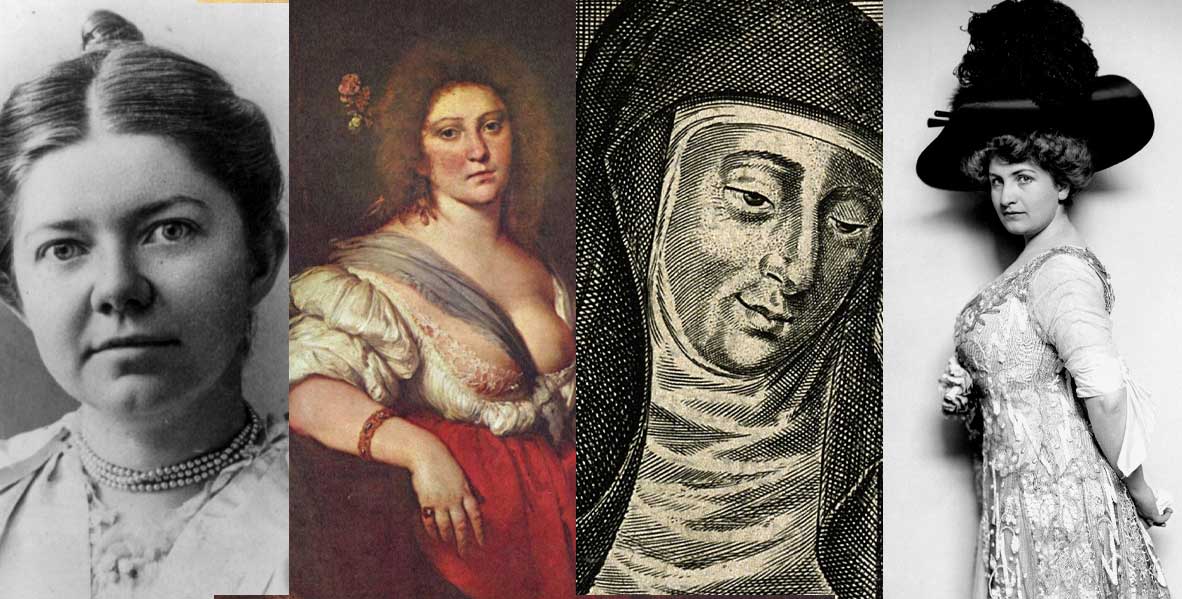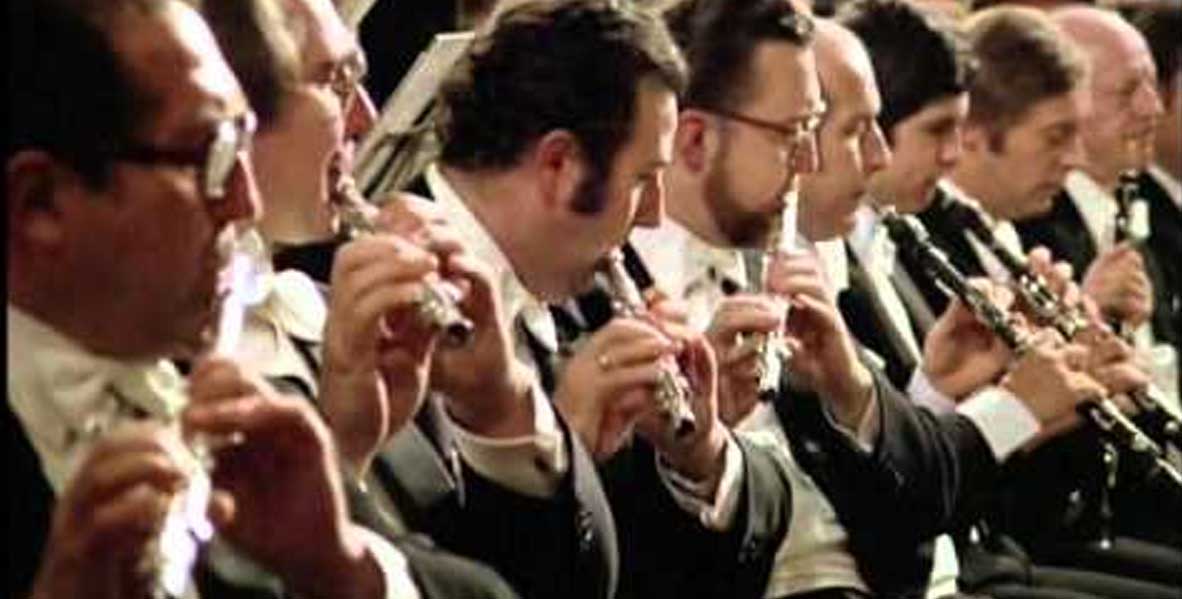
There have been great concertos written for many instruments, but somehow the piano concerto feels like the biggest of the concerto beasts. Perhaps this is because of the epic carrying power of a modern concert grand piano, perhaps because so many composers have also been great pianists.
There are many candidates for the greatest piano concerto, so we have had to work hard to whittle them down to the very greatest. They’re all pretty difficult to play, but luckily here on 8notes you will find not only the complete works, but also special easier arrangements so you can experience playing the best parts from them. This includes versions for solo line instruments such as the flute, violin and trumpet, so you don’t even have to be a pianist to experience these marvellous works. Just follow the links in the descriptions below.
Continue reading...

Nicolai Rimsky-Korsakov’s Flight of the Bumblebee is notorious for being one of the most difficult solo works in the repertoire. In spite of, or more probably because of this, almost all musicians are eager to play it. It is the ultimate technical challenge; to conquer it is to prove that one has attained a certain type of mastery. Unsurprisingly, then, it is one of our most popular works on 8notes, with more than 30 versions to choose from. Continue reading...

The violin sonata literature is so deep and rich that it is often difficult enough to choose a favourite sonata by a particular composer, let alone the top ten of all time. Yet whilst any such list is debatable, it is possible to identify certain works that represent the apex of the genre, the most musically profound, technically challenging of their type. Taken as a whole, these works trace the expressive journey of the instrument over two centuries. Continue reading...

The very essence of elegance, lyricism and subtle melancholy, Gabriel Faure’s Sicilienne, Op.78 (1893) is a masterpiece of the French Romantic period. At just four minutes to perform and prioritising expressivity over virtuosity, it has become a very popular work amongst cello players of intermediate and higher levels. Despite this, Sicilienne actually started life as a theatre work, with even the cello version not being the final version of the piece. Continue reading...

The march is one of the most ancient of musical forms, its origins going back deep into antiquity. In the time of Ancient Egypt, Greece and Rome, music was used to accompany ceremonial and military movements, with drums, horns and pipes being used to coordinate the steps of soldiers and to inspire morale. Music was also important on the battlefield, with trumpet and horn-like instruments used to signal actions such as charge and retreat.
Whilst these uses didn’t form any kind of distinct musical repertoire that has survived, they set basic functions for the the march—for coordination, ceremony and motivation.
Continue reading...

If you want human emotion laid bare, opera is your art form - despair, longing, joy, love, it’s all there. And within an opera the purest expression of this is the aria, where a singer will reflect upon or drive forward the drama in a solo song.
In the hands of a great composer an aria is a perfect marriage of text and music, often producing music of the profoundest beauty. Great arias tend to be the most celebrated part of any opera, so much so that musicians often choose to perform them as stand-alone concert pieces.
Here is our choice of the most beautiful of these magnificent works. Follow the links to find sheet music for your instrument and to practise with our exclusive backing tracks.
Continue reading...

Beloved by brides and grooms everywhere, Mendelssohn’s Wedding March is probably the most well-known, well-loved and frequently played wedding march in the repertoire, and that’s in the face of some pretty stiff competition from the likes of Wagner, Purcell, Jeremiah Clarke and others.
But there’s much more to this piece than meets, the eye. Far from being a one-off work intended for nuptial events, it actually is taken from a much larger piece, a set of incidental music for Shakespeare’s play ‘A Midsummer Night’s Dream.’
The story of how this came to be written is a fascinating one, starting when the composer was starry-eyed 17-year old and ending just a few years before his death…
Continue reading...

These days, thankfully, composing is much less of a ‘boys only’ occupation than it used to be. Some of the greatest recent and living composers have been and are women, including figures such as Kaaija Saariaho, Judith Weir, Helen Grime, Errollyn Wallen, Olga Neuwirth, Unsuk Chin and Rebecca Saunders. There are many, many others….
It was not always this way. Though women were never officially banned from composing, the traditional view of women as mothers and home-makers meant that there was not much encouragement either. These attitudes often meant that those who did compose were limited to writing in more ‘lady-like’ forms such as art songs and characteristic piano pieces. Longer forms and especially works for orchestra were not considered appropriate for women.
Despite all this, and often with considerable courage and determination, some women were able to forge a path as composers. Here are some, but by no means all, of the greatest.
Continue reading...

Any attempt to pick a definitive list of the best ever symphonies is, let’s face it, doomed to failure. Debate is inevitably dominated by taste, with some people simply preferring the sound of Mozart to Mahler; Beethoven to Brahms; Schubert to Shostakovich.
So though making this list might be controversial, it is fun and not totally without merit—we might not have got it totally right, but all the works included are certainly brilliant.
We have also highlighted the best melodies from them, with links to our exclusive arrangements of these tunes, so you can experience and play these pieces yourself.
Continue reading...

The modern concert band, with its colourful range of woodwind and brass instruments, not to mention well-stocked percussion section, is a relatively recent invention—many of the instruments that now are commonly found in it had barely been invented, let alone incorporated into it, before the twentieth century.
But that is not to say that there was no wind band music before this time—the tradition for writing for winds is an old and venerable one. Here is a brief history of that tradition, told through its greatest pieces.
Continue reading...